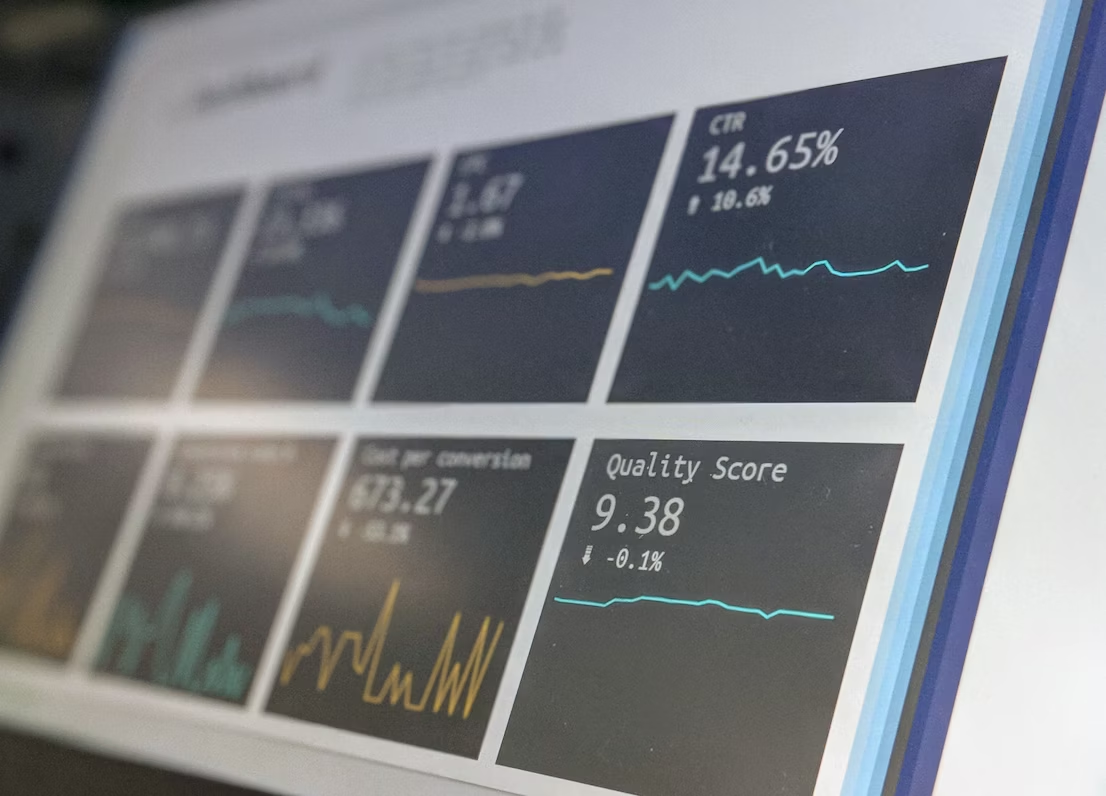The power of theater lies not just in the performances, but also in the language that carries the story to its audience. When we delve into the world of theater and local languages, we open a whole new dimension of storytelling and cultural expression.
1. Identify the Power of Theater in Local Languages
Let's start with a simple question: What makes a theater performance remarkable in your eyes? Is it the compelling plot, the passionate performances, or the exquisite set designs? Sure, all these elements play a crucial role. But there's another aspect that often goes unnoticed, yet is just as powerful — the language used in the theater production.
When you watch a show in a local language, you're not just watching a performance; you're immersing yourself in a culture. The language becomes a character in itself, adding depth, authenticity, and a unique flavor to the narrative.
Local languages bring the local culture and history to life on stage. They allow the audience to connect with the story on a deeper level. It's like adding a secret ingredient that makes the audience feel a part of the story, rather than just passive spectators.
Here's an interesting fact: According to a study by the National Arts Council, theater performances in local languages have seen a surge in popularity in recent years. This shows that audiences are craving for more authentic, relatable stories. And what better way to deliver that than through theater and local languages?
So, how do you harness the power of local languages in theater? Let's explore this fascinating world together in the next sections.
2. Select the Right Local Language for Your Theater Production
Choosing the right language for your theater production can be a game-changer. It's like selecting the perfect color palette for a painting; it sets the tone and impacts how your audience connects with the narrative.
There's no one-size-fits-all answer here, though. The choice of language should be driven by a few key factors:
Understanding Your Audience:
Do you know who you're performing for? Understanding your audience is an absolute must. It's important to know their language preferences, cultural backgrounds, and what resonates with them. If you're performing in a region where dialects of a particular language are spoken, incorporating those dialects could make your show more relatable.
Content and Theme of the Play:
The language should be in sync with the content and theme of the play. For example, if you're staging a historical drama, using the local language of that period can add an authentic touch. On the other hand, if it's a modern-day story set in a multicultural city, a blend of languages could reflect the diversity of the setting.
Availability of Talented Actors:
The success of a theater production in local languages largely depends on the availability of actors who are proficient in those languages. It's not just about linguistic skills, but also about understanding the nuances, idioms, and cultural references of the language.
Remember, the goal is to create a theater experience that resonates with your audience and leaves a lasting impact. The language is your tool to achieve that. So, choose wisely and watch your story come alive on stage. Next, we'll look at how to effectively translate and adapt scripts to local languages. Stay tuned for that!
3. Translate and Adapt Scripts to Local Languages
Now that you've chosen the perfect language for your theater production, it's time to roll up your sleeves and get to work on the script. Translating and adapting scripts to local languages isn't just about literal translation. It's about capturing the essence of the story, the characters, and the dialogues, and conveying them in a way that resonates with your audience.
The Art of Translation:
Translating a script is no easy task; it requires a deep understanding of both the source and target languages. It's not just about converting sentences, but about ensuring that the meaning, tone, and spirit of the original script are preserved. It's crucial to use a translator who is not only proficient in both languages but also has an understanding of the cultural context and nuances.
Adapting the Script:
Once the translation is done, adaptation comes into play. This is where you tailor the script to suit the local context. It could involve altering references, jokes, or idioms that may not work in the target language. The key is to maintain the integrity of the story while making it relatable to your local audience.
Ensuring Quality:
Finally, it's important to ensure the quality of the translated and adapted script. This could involve getting feedback from native speakers, doing table reads, or even staging rehearsals to see how the dialogues sound and feel.
Translating and adapting scripts to local languages is like weaving a beautiful tapestry. With the right thread (the language) and the right pattern (the script), you can create a masterpiece that your audience will love. In the next section, we'll explore how to train actors for performances in local languages. Stick around for that!
4. Train Actors for Performances in Local Languages
Stepping into the spotlight now, we're going to talk about another vital process: actor training. The authenticity of a local language theater production lies not just in a well-translated and adapted script, but also in the convincing delivery by the actors.
Choosing the Right Talent:
Casting is the first step. Look for actors who are fluent in the local language or are willing to learn. Remember, the best actors are those who can immerse themselves in their characters, and language is a significant part of that immersion.
Language Workshops:
Consider organizing language workshops. These sessions can help actors familiarize themselves with the pronunciation, intonation, and rhythm of the local language. It's like music, you know? Each language has its own unique melody, and our actors need to be in tune with it.
Rehearsals and Feedback:
Rehearsals are where the magic happens. This is where actors get to practice their lines, work on their delivery, and fine-tune their performances. Regular feedback is crucial here. Constructive criticism can help them improve and make their performances more authentic.
By investing time and effort into training actors for performances in local languages, you're not just creating a theater production, you're creating an experience. An experience that speaks to your audience in a language they understand and connect with. Now, let's move on to the next step: promoting and marketing your local language theater production. Stay tuned!
5. Promote and Market Theater Productions in Local Languages
So you've got your script, you've got your actors, and the rehearsals are going well. The next step in the journey of your theater and local languages production? Promotion and marketing. Let's dive straight in!
Create a Buzz in the Community:
Start by promoting your production within the local community. Word of mouth can be a powerful tool, especially when it comes to theater in local languages. Encourage your cast and crew to share the news with their networks. Remember, the best ambassadors for your production are the people involved in it.
Leverage Local Media:
Local newspapers, radio stations, and community websites can be invaluable allies. They reach the very audience you're targeting with your local language production, making them an ideal platform for promotion.
Use Social Media:
Social media platforms offer a fantastic way to reach a wider audience. Create engaging content related to your production—behind-the-scenes photos, actor interviews, sneak peeks of rehearsals. You might even consider creating a unique hashtag for your production.
Organize Events:
Consider hosting community events like meet-and-greets with the cast, script readings, or workshops. Not only are these events great marketing tools, they also help build a sense of community around your production.
By effectively promoting and marketing your theater production in local languages, you're not just filling seats—you're creating a bridge between different cultures, a dialogue between different ideas. So go ahead, give your production the spotlight it deserves!









